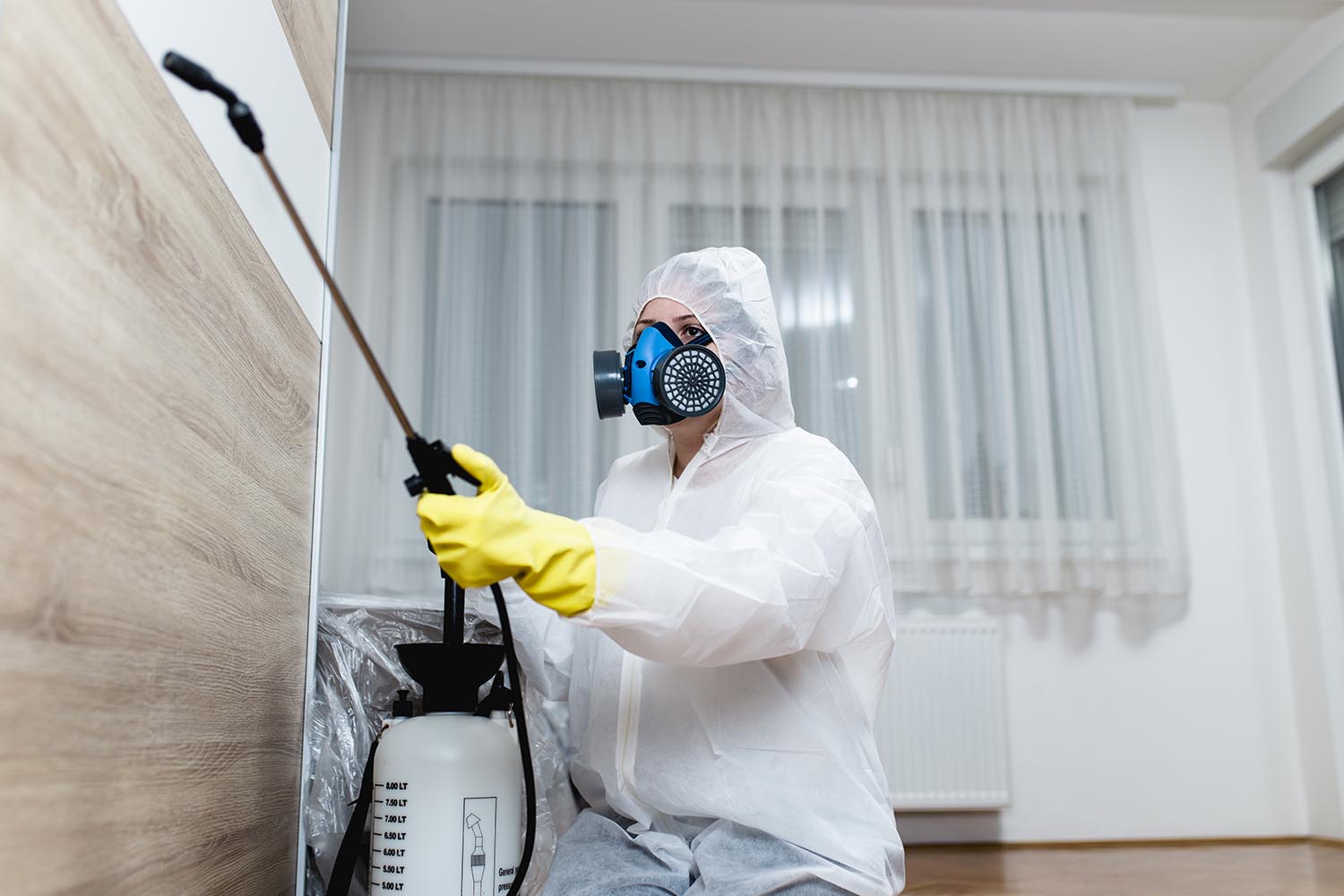Sleep apnea, a condition characterized by interrupted breathing during sleep, affects millions of people worldwide. While various factors can contribute to sleep apnea, one often overlooked cause is a deviated septum. In this article, we will delve into the relationship between a deviated septum and sleep apnea, examining how this structural issue can impact breathing during sleep. Additionally, we will explore treatment options, including the use of Waklert 150mg, to manage sleep apnea symptoms effectively.
Understanding a Deviated Septum
A deviated septum occurs when the thin wall between the nasal passages, known as the septum, is displaced to one side. This displacement can result from congenital defects, injury, or trauma to the nose. When the septum is significantly off-center, it can obstruct one or both nasal passages, leading to breathing difficulties.
Symptoms of a Deviated Septum
- Nasal Congestion: Persistent nasal congestion, often on one side, is a common symptom.
- Frequent Nosebleeds: The deviation can cause dryness and irritation, leading to frequent nosebleeds.
- Facial Pain: Some individuals experience facial pain or pressure.
- Difficulty Breathing: Obstruction in the nasal passages can make breathing difficult, especially during sleep.
How a Deviated Septum Can Cause Sleep Apnea
Sleep apnea occurs when the airway becomes blocked during sleep, causing interruptions in breathing. A deviated septum can contribute to this blockage in several ways:
- Nasal Obstruction: A deviated septum can obstruct the nasal passages, forcing individuals to breathe through their mouths. Mouth breathing during sleep can increase the risk of airway collapse, leading to obstructive sleep apnea (OSA).
- Increased Airway Resistance: The obstruction increases resistance in the airway, making it harder to breathe. This increased resistance can contribute to the collapse of the upper airway during sleep.
- Disrupted Sleep: Difficulty breathing through the nose can lead to fragmented sleep, reducing the overall quality of sleep and exacerbating sleep apnea symptoms.
Diagnosing Sleep Apnea in the Presence of a Deviated Septum
Proper diagnosis of sleep apnea involves a thorough evaluation by a healthcare professional. If a deviated septum is suspected as a contributing factor, the evaluation may include:
- Physical Examination: A doctor will examine the nasal passages for any structural abnormalities.
- Sleep Study: A polysomnography, or sleep study, can monitor breathing patterns, oxygen levels, and other vital signs during sleep to diagnose sleep apnea.
- Imaging Tests: CT scans or X-rays may be used to assess the severity of the deviated septum and its impact on the airway.
Treatment Options for Sleep Apnea Caused by a Deviated Septum
Addressing sleep apnea caused by a deviated septum requires a combination of treatments to improve nasal airflow and manage sleep apnea symptoms effectively.
Surgical Options
- Septoplasty: Septoplasty is a surgical procedure to correct a deviated septum. By straightening the septum, nasal airflow improves, reducing the risk of airway collapse during sleep.
- Turbinate Reduction: This procedure reduces the size of the turbinates, structures within the nose that can also obstruct airflow. Combining turbinate reduction with septoplasty can further enhance nasal breathing.
Non-Surgical Treatments
- Continuous Positive Airway Pressure (CPAP): CPAP therapy is the gold standard for treating sleep apnea. A CPAP machine delivers a continuous stream of air through a mask, keeping the airway open during sleep. Improved nasal airflow following septoplasty can enhance the effectiveness of CPAP therapy.
- Nasal Dilators: Nasal dilators, such as nasal strips or internal nasal dilators, can help keep the nasal passages open, facilitating better airflow during sleep.
Managing Daytime Symptoms with Waklert 150mg
Despite successful treatment of nasal obstruction and CPAP therapy, some individuals with sleep apnea continue to experience excessive daytime sleepiness. Waklert 150mg can be a valuable addition to the treatment plan for managing these symptoms.
How Waklert 150mg Works
Waklert 150mg contains Armodafinil, a wakefulness-promoting agent. It enhances alertness and cognitive function by affecting certain neurotransmitters in the brain. For individuals with sleep apnea, Waklert 150mg can help mitigate daytime sleepiness, improving overall quality of life.
Benefits of Waklert 150mg
- Increased Alertness: Waklert 150mg promotes wakefulness, reducing the risk of accidents due to drowsiness.
- Enhanced Cognitive Function: It improves concentration, memory, and mental performance.
- Better Quality of Life: By reducing daytime sleepiness, Waklert 150mg helps individuals maintain productivity and enjoy daily activities.
Combining Treatments for Optimal Results
Combining septoplasty, CPAP therapy, and Waklert 150mg can offer a comprehensive approach to managing sleep apnea caused by a deviated septum. Here are some steps to ensure optimal results:
- Consult a Specialist: Seek advice from an otolaryngologist (ENT specialist) to evaluate the need for septoplasty and other surgical options.
- Adhere to CPAP Therapy: Use the CPAP machine consistently as prescribed to maintain open airways during sleep.
- Follow Dosage Guidelines: Take Waklert 150mg as directed by your healthcare provider to manage daytime sleepiness effectively.
Potential Side Effects and Precautions
While treatments for sleep apnea, including Waklert 150mg, are generally safe, it is essential to be aware of potential side effects and take necessary precautions.
Septoplasty Side Effects
- Bleeding: Minor bleeding is common after septoplasty.
- Infection: Although rare, infections can occur. Following post-operative care instructions can minimize this risk.
- Nasal Congestion: Temporary nasal congestion and swelling are normal after surgery.
Waklert 150mg Side Effects
- Headache: A common side effect, usually mild and temporary.
- Nausea: Taking the medication with food can help reduce nausea.
- Insomnia: To avoid insomnia, take Waklert 150mg in the morning.
Lifestyle Changes to Support Treatment
In addition to medical treatments, certain lifestyle changes can enhance the management of sleep apnea and improve overall health.
- Weight Management: Maintaining a healthy weight can reduce the severity of sleep apnea symptoms.
- Exercise: Regular physical activity strengthens the muscles involved in breathing and promotes overall well-being.
- Avoid Alcohol and Sedatives: These substances can relax the throat muscles, increasing the risk of airway collapse.
- Sleep Position: Sleeping on your side instead of your back can help keep the airway open.
Conclusion
A deviated septum can indeed cause or exacerbate sleep apnea by obstructing nasal airflow and increasing airway resistance. Proper diagnosis and treatment, including surgical options like septoplasty and non-surgical treatments such as CPAP therapy, can significantly improve breathing during sleep and reduce sleep apnea symptoms. For those experiencing persistent daytime sleepiness, Waklert 150mg offers an effective solution to enhance wakefulness and cognitive function.
Combining these treatments with healthy lifestyle changes creates a comprehensive approach to managing sleep apnea. If you suspect a deviated septum is contributing to your sleep apnea, consult with a healthcare professional to explore your options and start your journey towards better sleep and improved quality of life.




